Digital PR and traditional PR are two distinct marketing tactics that often get confused.
While there’s a lot of overlap, there are also a number of key differences between the two, especially when it comes to the goals of each, the format of campaigns and the distribution channels.
In this guide, I’m going to take a look at just what these differences are and help clear up any confusion around what to expect from each.
Digital PR: An overview
Digital PR (digital public relations) is an online marketing strategy combining traditional public relations and digital marketing strategies.
The main goal for digital PR is to secure high authority backlinks back to a site to help boost organic growth.
But I’m a big believer that digital PR is so much more than just links.
Yes, Digital PR earns links, but it earns high authority links and coverage on relevant publications, boosting a brand’s visibility and presence. It helps to build trust in search engines and your target audience, and it’s fantastic for building brand awareness and building and demonstrating E-E-A-T.
Not only that, but a digital PR strategy can also increase referral traffic, revenue and engagement.
Traditional PR: An overview
Traditional PR (traditional public relations) is a more direct approach to public relations, and it focuses on other traditional media outlets such as TV, radio, print newspapers, magazines, and online publications.
While the main goal for digital PR is earning high authority and relevant links, the primary focus for traditional PR is to shape public opinion, build brand awareness and increase the share of voice for a brand.
Digital PR has evolved from traditional PR and has many similarities and critical differences.
I’m going to explore all of these below.
The key similarities between traditional and digital PR
The main similarity between traditional and digital PR is the process and tactics used to earn links and coverage.
Both channels use compelling storytelling to achieve coverage for a brand or company and to get them in front of their target audience.
Back in 2018, I moved from a digital public relations role to a more traditional role and the majority of my clients weren’t bothered if an article had a link, and we just reported on brand mentions.
As I was working on clients who had invested in traditional PR, we were KPIs on metrics such as if the article quoted one of their spokespeople, if the coverage conveyed their key messaging and if the article described the company and its services/ product (e.g. if working on a price comparison site, did the article say this or did it just quote the brand name).
While working on these accounts, I learned many new tactics, including thought leadership, reactive PR, product PR, press trips, events, influencer marketing, and more. However, a lot of the process was very similar.
I was still holding ideations, coming up with creative ideas, creating content, writing press releases, building media relations and pitching stories to journalists.
I quickly learnt that through the power of PR, you could achieve so much more than just links and started to realise the broader impact those links and brand mentions could have for my clients.
In 2020, when I returned to a digital PR role at Digitaloft, I quickly realised that I could utilise all of the tactics I had learnt from traditional PR and incorporate them into our digital PR strategies for our clients to build further on our excellent results.
At Digitaloft at the time, we were very much focused on data-driven campaigns, and I helped to shape our always-on newsroom and reactive digital PR process. We started implementing traditional tactics across our clients and saw incredible results.
Three key differences between traditional PR and digital PR
There are three key differences between these two PR tactics, and we can outline these as follows:
Measuring success
PR professionals have always struggled to show the ROI of PR. However, this doesn’t have to be the case.
As I’ve mentioned, the most significant difference between digital and traditional PR is that they usually have different goals, so the way they measure success is very different. Unlike traditional PR, one of primary goals of digital PR is to increase SEO visibility, so it’s essential to report on metrics that align with this.
At Digitaloft, for our digital PR clients, we measure a range of metrics specifically focused on individual pieces of coverage, including the number of links, number of brand mentions, if a link is followed/nofollow, if a link is syndicated or affiliate, if a piece of coverage quotes a spokesperson, the relevancy of a publication, the target page type, anchor text and more.
We’ve very much moved away from a mindset of “the more links, the better” over the last few years, largely as Google’s algorithms have continued to evolve and better rewarded targeted, topically aligned links, and it’s now all about the quality of those links, whether they’re pointing to target pages on a website and if they are moving the needle for key rankings on the SERPs.
Digital PR relies on various metrics to show the ROI, including organic revenue, organic traffic, keyword rankings and branded search.
However, traditional PR relies on monitoring metrics such as coverage, media reach, share of voice and sentiment analysis.
The distribution channels
Another difference between traditional PR and digital PR is that digital primarily targets online channels such as news sites, niche sites and blogs, whereas traditional focuses on websites and offline channels such as TV, radio, print newspapers and magazines.
That said, we often target TV and radio with our ideas, as usually when a story is featured live on air, it’s picked up by national news sites as well.
Plus, broadcast coverage is fantastic for brand awareness!
The format of campaigns
The format of campaigns launched is another crucial difference between digital PR and traditional PR. Some of the most common types of campaigns that digital PRs launch include creative data-led campaigns, in-depth resources, and innovative tools such as calculators that can sit onsite.
Digital PRs create engaging assets that give journalists a reason to link, increasing SEO visibility. Here is an example of a data-driven digital PR campaign we launched for our client, William Russell.
Standard traditional PR methods can range from launching creative out-of-home ads to launching a new product and publicity stunts, for example, sending something to space or floating a product down the Thames. Organising events and working with social media influencers are a big part of a traditional PR strategy.
As the competition in digital PR becomes more challenging than ever, we must continue to push the boundaries with our digital PR ideas and push ourselves to be more innovative and creative – we can learn a lot from traditional PR professionals!
Should your brand invest in traditional or digital PR?
Whether you should choose traditional PR, digital PR or even both depends on your broader business goals and objectives.
Digital PR is the right approach if your goal is to boost SEO performance and increase the number of backlinks pointing back to your website. However, if your main focuses are growing your share of voice and shaping public opinion, then traditional PR may be the best tactic for you.
Both digital and traditional PR can build recognition and trust in your brand.
There is also no reason you can’t incorporate digital and traditional PR into a broader PR strategy.
Many of our clients also have a conventional PR team or undertake brand PR in-house, and we work collaboratively to ensure we’re not stepping on each other’s toes.
When working closely with in-house or external traditional PR agencies, the most important thing to remember is that you are all working for the same company and brand.
While your broader objectives might differ, you are working towards the same goal: securing coverage in the press.










